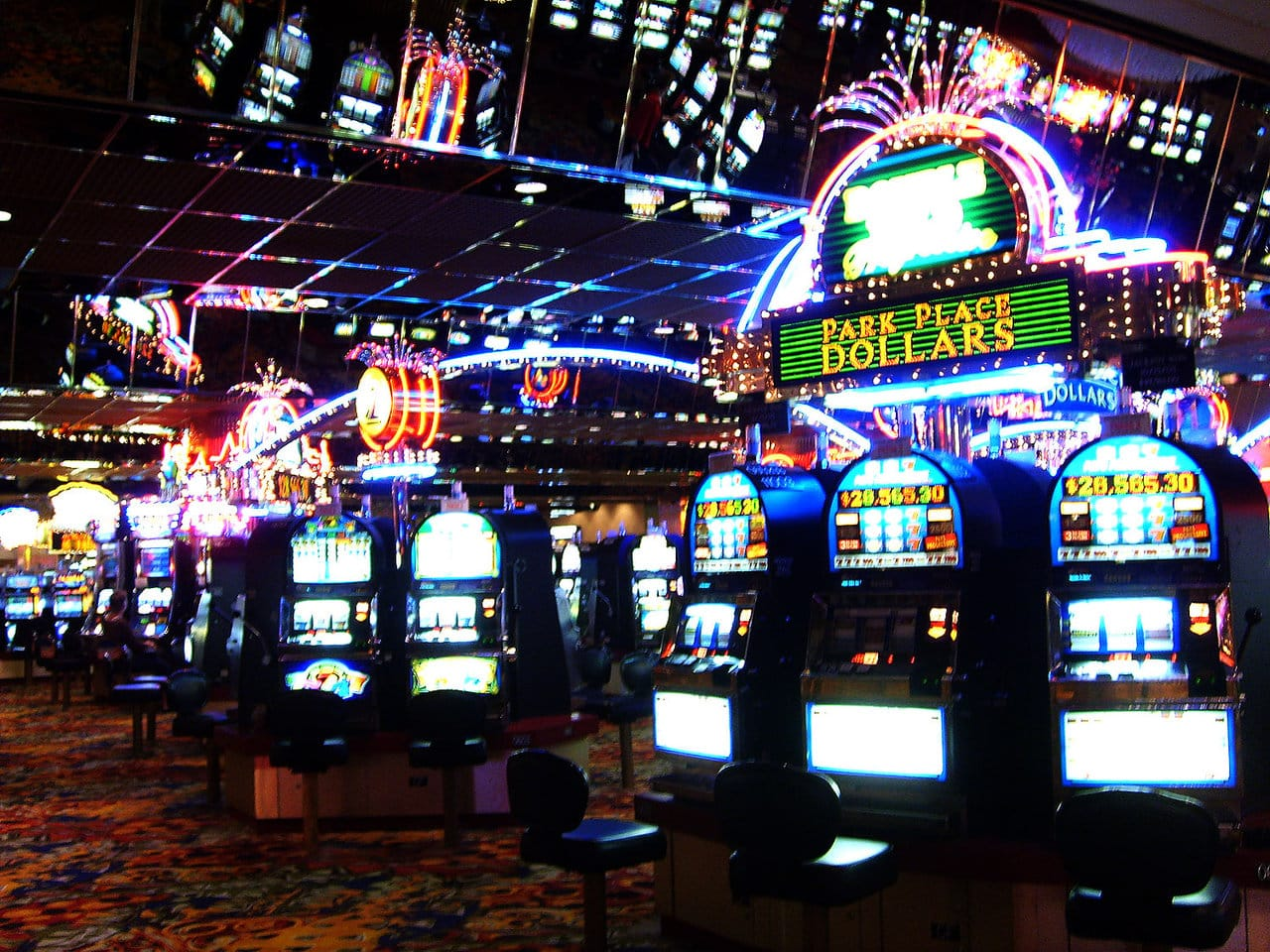
In the dynamic and thrilling world of casinos, where luck and tactics intertwine, hues and aesthetic play a critical role in attracting players. As soon as visitors step into a casino or log into a gaming platform, they are immersed in a visual feast that grabs their attention and entices them to explore more. Vivid colors, captivating graphics, and innovative layouts are carefully crafted to create an atmosphere of excitement and expectation, ultimately enhancing the gaming encounter.
As players navigate through the ever-changing landscape of casino games, they encounter a range of designs that not only serve aesthetic purposes but also affect feelings and decision-making. Colors like scarlet and yellow symbolize wealth and fortune, while calm blues and greens can create a much tranquil environment. trò chơi hot tại mmlive Grasping how these elements work together enables casinos to create an inviting and stimulating atmosphere that encourages players to engage with the games, spend additional time at the tables, and boost their overall enjoyment.
The Study of Tint in Casino Games
Color plays a key role in the creation of casino games, influencing player emotions and actions. Lively and bold colors, such as red and gold, are often used to stimulate excitement and capture notice. These colors create a feeling pressure and energy, encouraging participants to engage more readily with the game. By thoughtfully selecting hues, developers aim to elicit feelings of satisfaction and expectation, which can enhance the total game experience.
Distinct hues also have psychological connotations that can affect how participants perceive their chances of victory. For instance, lime is frequently associated with fortune and prosperity, making it a popular choice in games like roulette and poker games. This association can lead participants to feel more optimistic and confident in their play, ultimately encouraging them to stake more. Understanding these associations allows game developers to create environments that enhance player happiness and loyalty.
Moreover, the layout of casino game interfaces often employs blended colors and contrasting colors to direct player actions. For case, successful combinations may be accentuated with striking, opposing shades, creating a visual incentive. This technique supports favorable outcomes and encourages repeated gameplay. By utilizing color psychology, gambling establishments can design games that not only captivate participants but also maintain them involved and invested in their play experience.
Design Features that Engage Gamers
The aesthetic appeal of gambling games is largely influenced by the implementation of vibrant colors. Bright and striking colors are strategically chosen to create an inviting atmosphere that grabs attention. For instance, crimson and golds often signify good fortune and prosperity, which is why they are prevalent in the palettes of gaming machines and game surfaces. These colors not only draw players in, but they also stir emotions associated with excitement and anticipation, enhancing the overall gaming experience.
In addition to color, the aesthetic and organization of gambling games play a significant role in captivating players. Games are designed to be user-friendly, ensuring that players can easily understand the guidelines and mechanics. Accessible interfaces, along with engaging graphics and motion, help maintain gamer interest and encourage extended play sessions. The tactile elements, such as the feel of the controls and the audio of the games, also add to a comprehensive sensory experience that keeps players immersed.
Finally, thematic elements in gaming design can greatly influence player choice. Many gambling games are inspired by popular culture, myths, or exploration motifs, featuring symbols and characters that resonate with players. These themes create a sense of immersion and relatability, making each game feel unique. When players feel a connection to the theme, they are more likely to choose that game over others, leading to higher participation and excitement within the gambling environment.
Case Studies: Successful Gambling Slot Designs
One key example of impressive gambling game design is the acclaimed slot machine series themed around blockbuster movies. Games such as those based on the The Wizard of Oz and Game of thrones utilize vibrant colors and high-quality graphics to enthrall players in recognizable narratives. The application of moving visuals and captivating sound effects takes the attention of players, establishing an psychological connection to the theme. This tactic not only fosters longer play but also enhances the overall gaming experience, yielding increased player retention.
Another effective case is the use of color in table games like blackjack and roulette. Casinos often develop these games with deep reds and greens, colors traditionally associated with luck and wealth. For instance, the emerald felt on a 21 table provides a calming effect, while the red accents in the wheel invite thrill. This deliberate use of color helps to establish an inviting atmosphere that motivates players to engage, addressing their psychological impulses and boosting their enjoyment.
Finally, online casino games that include community features and bright, lively designs have experienced remarkable success in engaging players. Games like Zynga Poker and Slotomania leverage bright colors and playful animations to forge an inviting online environment. The inclusion of leaderboards, social sharing options, and in-game rewards fosters competition and community, pulling players in for longer sessions. mmlive Such designs not only make the games visually attractive but also emphasize social connectivity, a vital factor in player retention and engagement within online casino environments.
